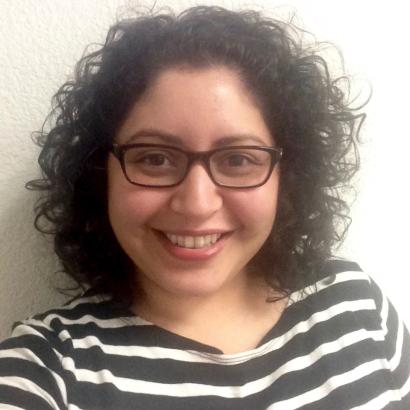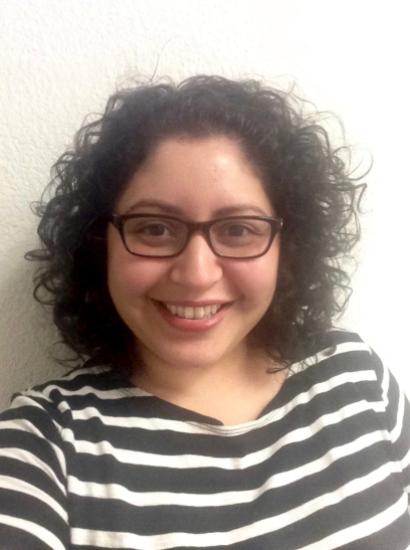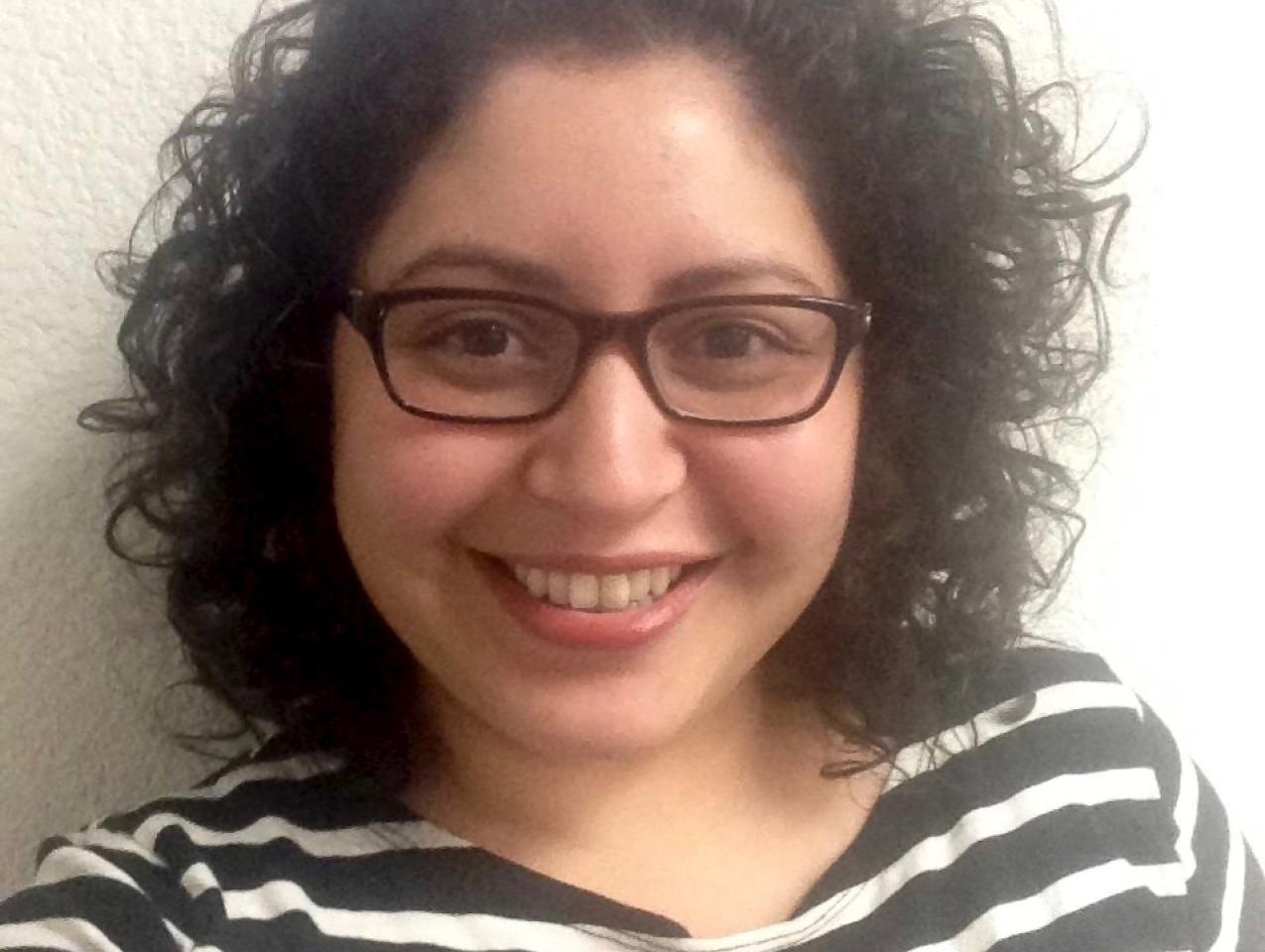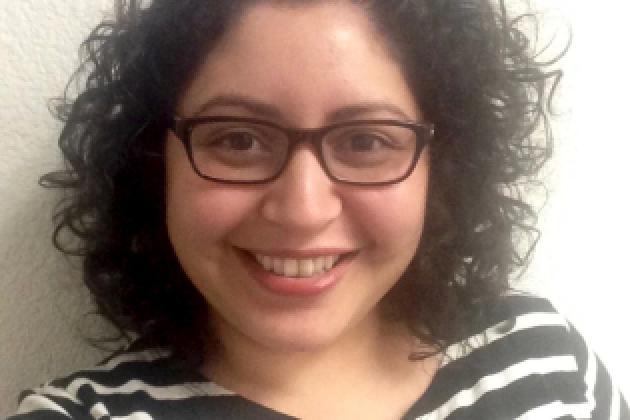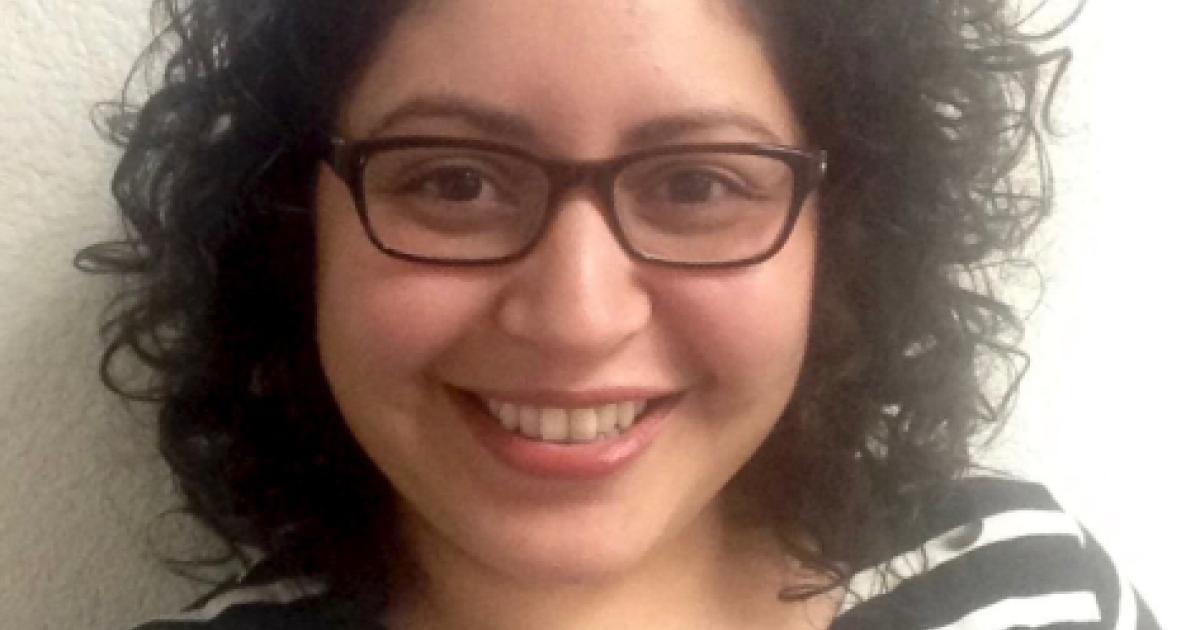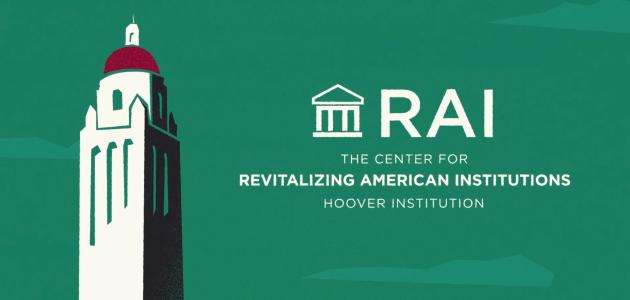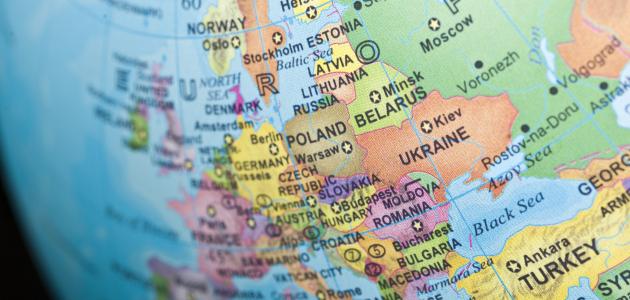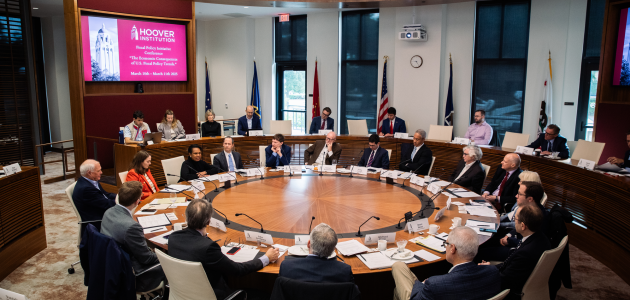By Griselda Jarquin Wille
Thanks to the support of the Hoover Institution, I spent this summer working in the reading room on research for my dissertation. Titled, “Fighting the War Abroad: The Sandinista Revolution and Transnational Activism in Nicaragua and the U.S., 1979-90,” my project is a transnational social history of the Nicaraguan Revolution. I contend that through people-to-people exchanges, or what I call “grassroots diplomacy,” transnational activists across the political spectrum influenced U.S. foreign policy toward Nicaragua and shaped the Sandinista revolution. I assert that the triumph of the 1979 Sandinista revolution was a critical moment in the Western Hemisphere. For Leftists in both countries, the Sandinista revolution, the last Marxist revolution of the century, represented their fading hope in the possibility of radical change and self-determination. I show how left-wing activist networks succeeded in instilling doubt and mistrust among the general American public toward President Ronald Reagan’s foreign policy in Nicaragua, making a military intervention untenable for his administration. On the other hand, for the Right in both countries, defeating the Nicaraguan revolution meant a triumph of both Conservatism and American-style democracy over authoritarian communism. Right-wing activist networks exposed Sandinista abuse of civil liberties and effectively mobilized dissent toward the Sandinistas, which led to their electoral defeat in 1990.
My dissertation begins with the 1972 earthquake that devastated Managua, which served as a catalyst for the mobilization of Right and Left international advocacy networks that sought to overthrow or protect Anastasio Somoza’s dictatorship. In the San Francisco Bay Area, Nicaraguan exiles created the Nicaraguan Civic Committee to organize donation drives, political protests, cultural events, militant takeovers of the Nicaraguan consulate, and more, as a way to call media attention to Somoza’s dictatorship. Using the Nicaraguan Subject Collection, I examine how the Nicaraguan elite, allied with Somoza, drew upon existing economic, religious, and intellectual networks and ties with American institutions and communities to defend the legitimacy of Somoza’s government. With the triumph of the Sandinista revolution, I turn my attention to creation of the counterrevolution, known as the Contra War. Several collections at the Hoover Institution, such as Leonel Poveda Sediles, Lino Hernandez Trigueros, and Moises Hassan papers, among others, helped me develop what I call the “counterrevolutionary opposition”—a broad, fractured coalition that was diverse in terms of its membership, ideology, strategies, and methods and yet united in its goal to remove the Sandinistas from power. These archival sources were instrumental to challenging previous interpretations of the Contra War that claim that Central Intelligence Agency officials created the Contras, widely considered to be a homogenous monolithic movement. Instead, these collections offer a glimpse into the many facets of the conservative resistance; such as former dictator Anastasio Somoza supporters who went into exile in the U.S. and drew upon existing right-wing networks like the Cuban exile community to demand U.S. aid (Enrique Bermudez papers); anti-Somozistas who disagreed with the Sandinistas’ authoritarian tendencies in Nicaragua (Alfonso Robelo papers); Sandinista defectors to the U.S. who grew disenchanted with the Sandinistas upon discovery of their corruption (Alvaro Jose Baldizon Aviles papers) or former revolutionary leaders who disagree with the Sandinistas' embrace of the Soviet bloc (Eden Pastora papers).
In the next section of my dissertation, I turn to the creation of the transnational solidarity movement with Nicaragua. I examine the ways in which left-wing transnational activists in Nicaragua and the U.S. drew upon the Left’s political activist traditions to organize and mobilize support for the Sandinista revolution. Non-state actors developed innovative means to challenge Reagan’s foreign policy in Nicaragua, such as facilitating travel to and from Nicaragua to gain firsthand experience, challenge mainstream media’s depictions of Nicaragua as a repressive state and coordinating opposition to U.S. policies that supported the counterrevolution in Nicaragua. I focus on a key oppositional strategy employed by transnational activists: the creation of sister cities as a vehicle of grassroots diplomacy where Americans and Nicaraguans developed commercial, technical, educational, and cultural exchanges to support the Sandinista Revolution in the wake of Reagan’s economic embargo against Nicaragua. Using the Council for Inter-American Security records and the Nicaraguan Subject Collection, I conclude by examining how American foreign policy intersected with right-wing transnational advocacy network’s use of people-to-people exchanges that led to the 1990 electoral defeat of the Sandinistas. These non-state actors identified and organized people who were negatively affected by Sandinista policies, exposing the Sandinistas’ shortcomings. Moreover, these encounters gave the counterrevolutionary opposition crucial insight as to how to make themselves an appealing alternative to the Sandinistas, which allowed them to wage a successful electoral campaign.
My research makes several valuable contributions to the academic literature. Current historiography interprets the Nicaraguan Revolution through the lens of U.S. foreign relations or political history. As a social history, Fighting the War Abroad instead focuses on everyday people as historical actors on a transnational stage. Thus, it is a timely contribution to understanding the Cold War in Latin America from the bottom up. It also adds to the emerging field of the Global Right, while advancing our understanding of transnational solidarity movements between Latin America and the United States.





